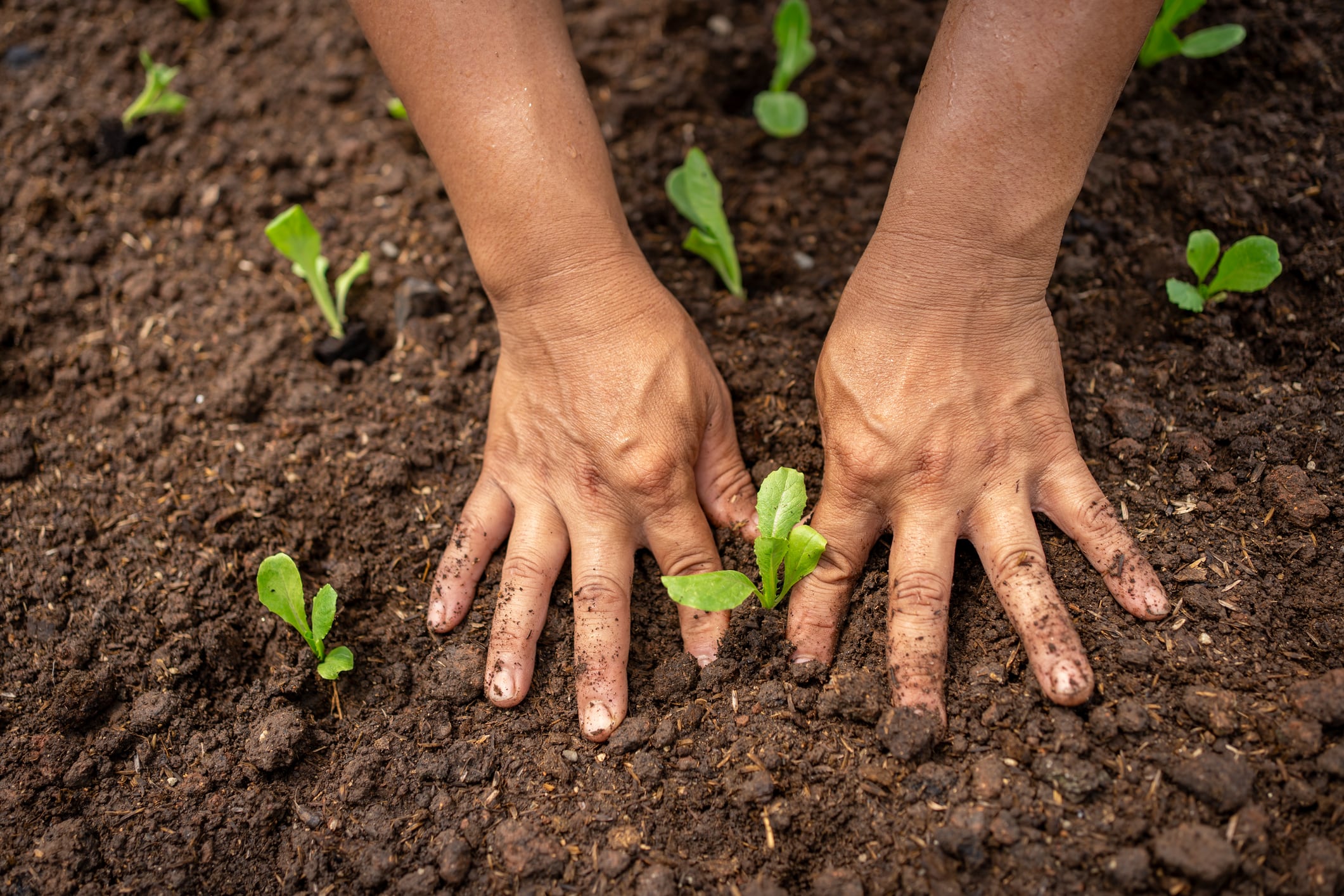Key takeaways:
- Regenerative agriculture is about resilient practices, not CSR spin.
- Traceability is the key to consumer trust and willingness to pay.
- Scaling regeneration demands patience, persistence, and proof.
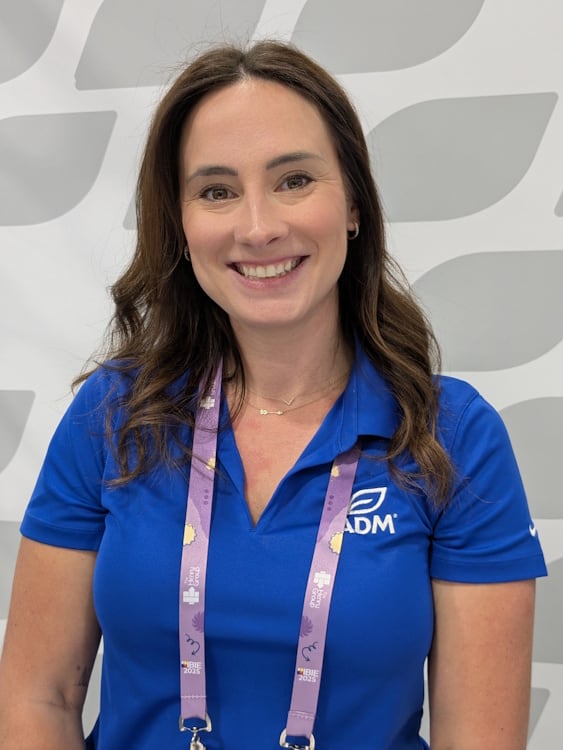
Regenerative agriculture has become one of food’s buzziest terms, often tacked onto corporate responsibility reports or splashed across packaging without much explanation. For some, it’s a fashionable label. For ADM, it’s the backbone of future-proofing the food system.
The agri-giant, which touches nearly every rung of the global supply chain, is adamant that regeneration is about more than marketing spin. It’s about ensuring there’s still a reliable supply of flour, oil and proteins in 50 years’ time.
“From an ADM standpoint, we’re not doing this specifically for a hard key goal,” Kelsey Cambruzzi, marketing manager, Milling at ADM, told us at IBIE in Las Vegas recently.
“We’re in such a unique position to connect farmers with technical partners and then link that back to end-use customers. That means we can bring the face of producers into the supply chain, link it to consumer expectations and create real open dialogue.”
It’s an approach that doesn’t start with margin or yield spreadsheets. Instead, Cambruzzi describes it as a practice-first model, one that builds resilience, mitigates risk and earns trust from consumers and customers alike.
From farm practices to flour power
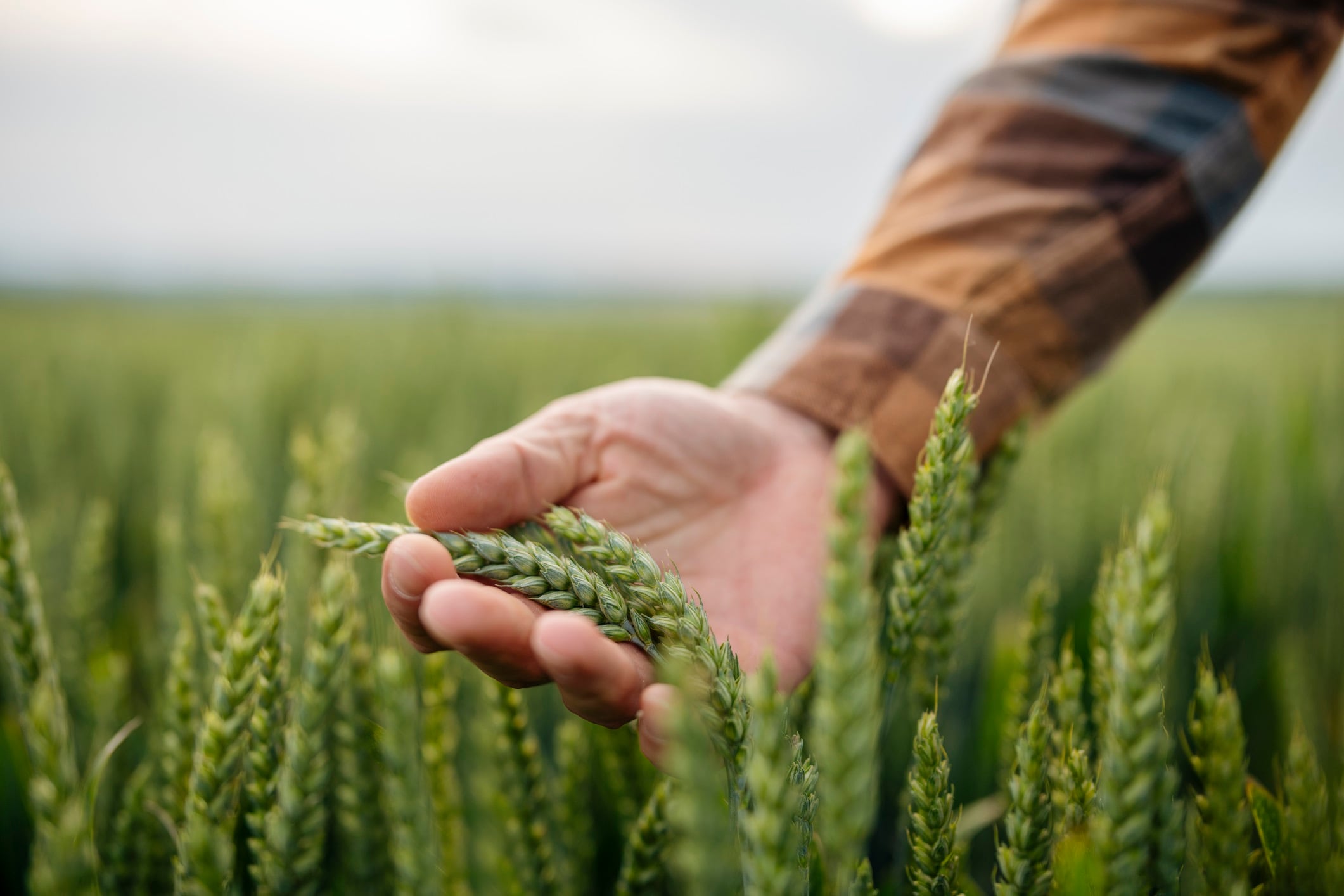
ADM’s philosophy on regeneration is rooted in flexibility. Rather than prescribing uniform methods, it takes a region-by-region view, recognizing that what works in Kansas wheat country won’t necessarily fit in Illinois cornfields or Iowa soy rotations.
“Our goal is to help educate and drive adoption,” Cambruzzi explains. “We’re not trying to push specific practices and say ‘you have to do this or that.’ Instead, we’re focusing on improving soil health, water and air quality, and ultimately building a more reliable supply chain.”
That reliability is a long-term insurance policy. ADM wants its customers – and its customers – to feel confident that in 50 or 60 years they’ll still be able to source high-quality commodity ingredients. “The business impact will come,” says Cambruzzi. “But our role is to create trust, transparency, and resilience first.”
Verification remains a sticking point for the wider industry, but ADM is already rolling out traceability tools to close the gap. Supply-shed mapping allows a bakery brand, for example, to connect flour sourcing back to Kansas farmers and then message that local tie directly to shoppers.
Regeneration won’t be won with a single claim – it will be built field by field, acre by acre.
Kelsey Cambruzzi, marketing manager, Milling, ADM
“Consumers want traceability and transparency. They want to feel there’s a human connection to the product,” says Cambruzzi. “That’s why we’re mapping supply sheds and helping customers show how their sourcing supports local farmers.”
It’s a reminder that regeneration isn’t just about soil health. It’s also about cultural trust and consumer connection – things that can’t be measured by carbon credits alone.
Can regeneration scale?
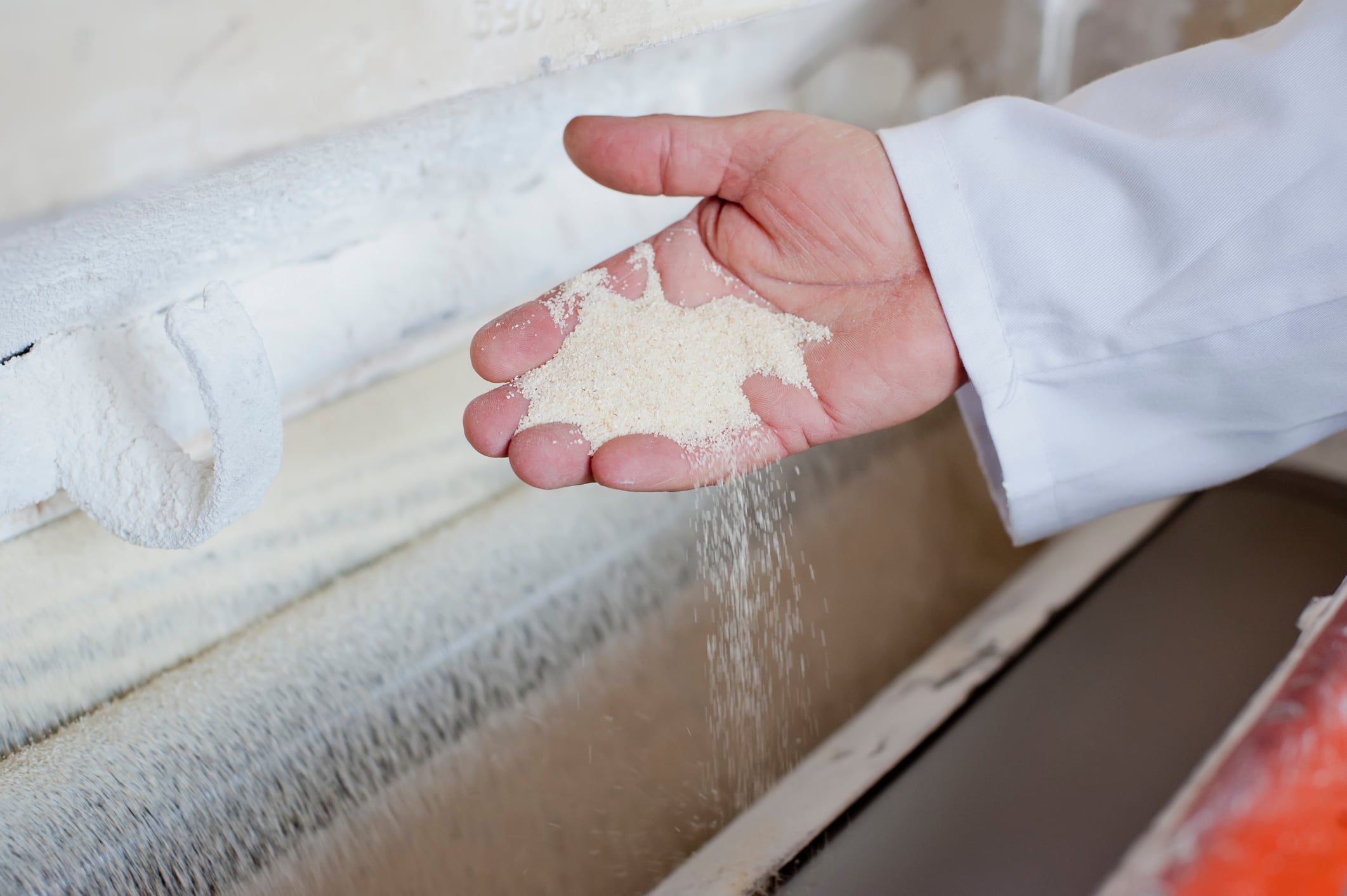
The natural skepticism around regeneration is whether it can really scale. Boutique brands may tout small-acreage sourcing, but can industrial bakers, snack makers and foodservice chains count on regenerative volumes when orders run into tens of thousands of tons?
ADM’s answer: yes, if the industry aligns demand with acreage from the ground up.
The company has already enrolled over 5 million acres globally and more than 28,000 producers, with 4.7 million acres and 3,500 producers in North America alone. “We expect that to continue to grow,” says Cambruzzi. “As downstream customers demand more regenerative specs, farmers are increasingly interested in getting involved.”
That balance between supply and demand is deliberate. “We map supply sheds and talk directly to customers about their volume needs,” she explains. “Then we ensure those acres are certified regenerative through our programme to meet the larger order requirements.”
It’s a careful calibration – one that reassures both farmers and brands that regenerative agriculture can move beyond pilot projects and into the mainstream without compromising scale.
Who pays for regeneration?
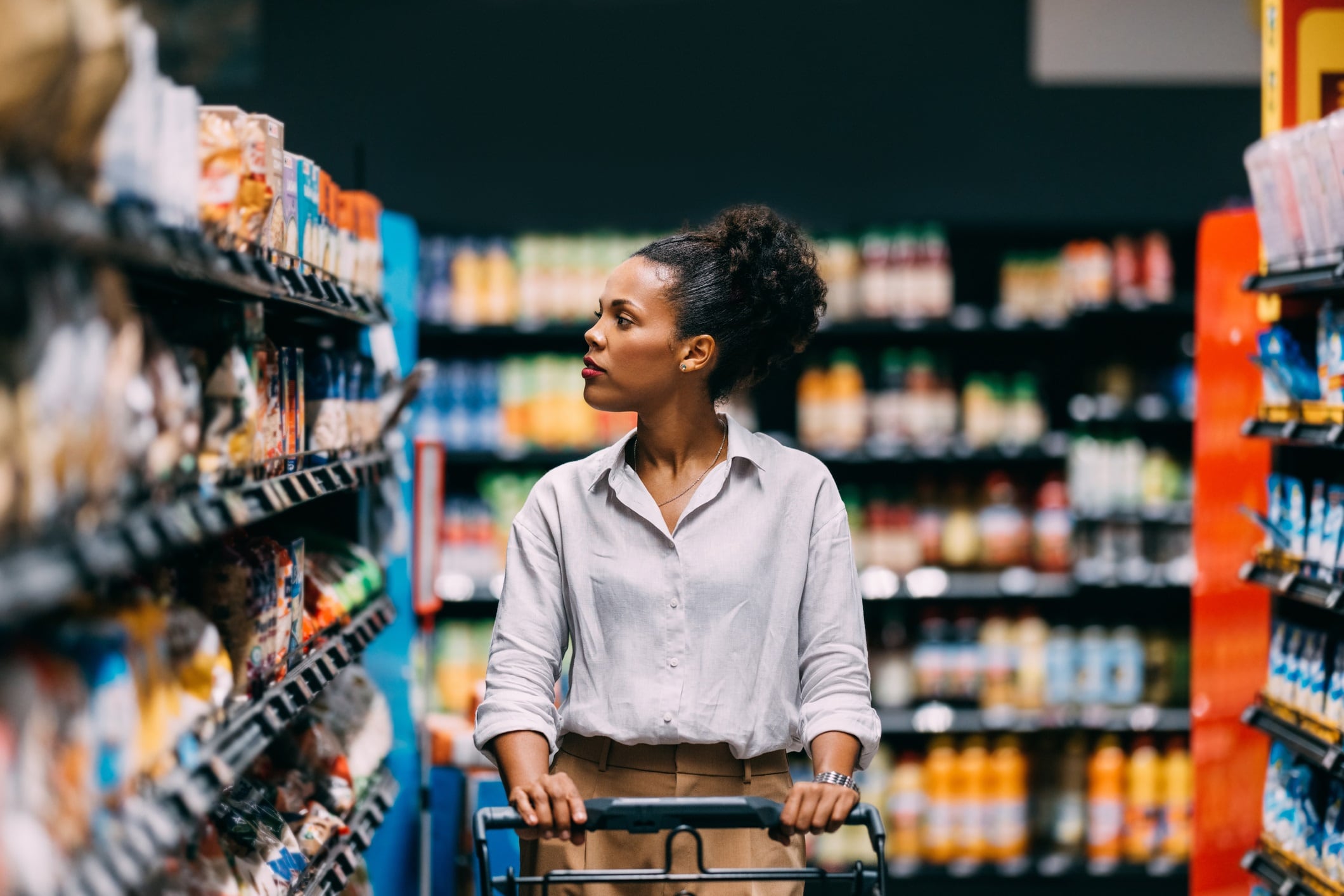
Even as regenerative acreage grows, the question of economics looms. Who shoulders the cost: the consumer via price premiums, the brand via tighter margins or the farmer via efficiency gains?
Cambruzzi says the answer depends on the case. Importantly, ADM’s program is buoyed by USDA grants, which flow directly back to the farmers making the shift. “We realise there is a cost for producers, so we’re making sure the grant money goes straight to them.”
On the retail side, ADM’s consumer research points to a willingness to pay more but only if the claims are credible and transparent. “If consumers can see the traceability of where their ingredients come from and know they were grown regeneratively, they believe it’s a better-quality product. That creates a halo effect and they are willing to pay more.”
The decision is often case by case. Some brands cover costs in their own margins, while others test price points at shelf. The critical piece, says Cambruzzi, is making sure the regenerative claim carries trust. Without that, no premium will stick.
ADM’s regenerative numbers
5 million+ acres enrolled globally
28,000+ producers participating
4.7 million acres enrolled in North America
3,500 North American producers already on board
Regeneration and the baking industry’s next steps

Sustainability goals, for many, can feel overwhelming. Where to begin – farm practices, ingredient swaps, energy, waste? Cambruzzi believes the best starting point depends on a company’s ambition and maturity.
“We partner with customers across the value chain, from those just starting out to those with bold public sustainability commitments,” she says. “For beginners, a simple step is sourcing regeneratively grown flour tied to acres in our programme. For more advanced players, it’s about enrolling directly and tying acres to their operations.”
That flexibility is intentional. “We don’t want to force companies into one path. Our pantry of solutions means we can support across the spectrum – whether that’s regenerative flour, biotics for digestive health, sugar reduction or natural colors and flavors.”
And it’s not just about checking sustainability boxes. For ADM, regenerative sourcing links directly to consumer demand. “Consumers still want indulgence, but they also want traceability, health, and local connection. Regenerative systems let bakers deliver all of that in one package.”
The long game
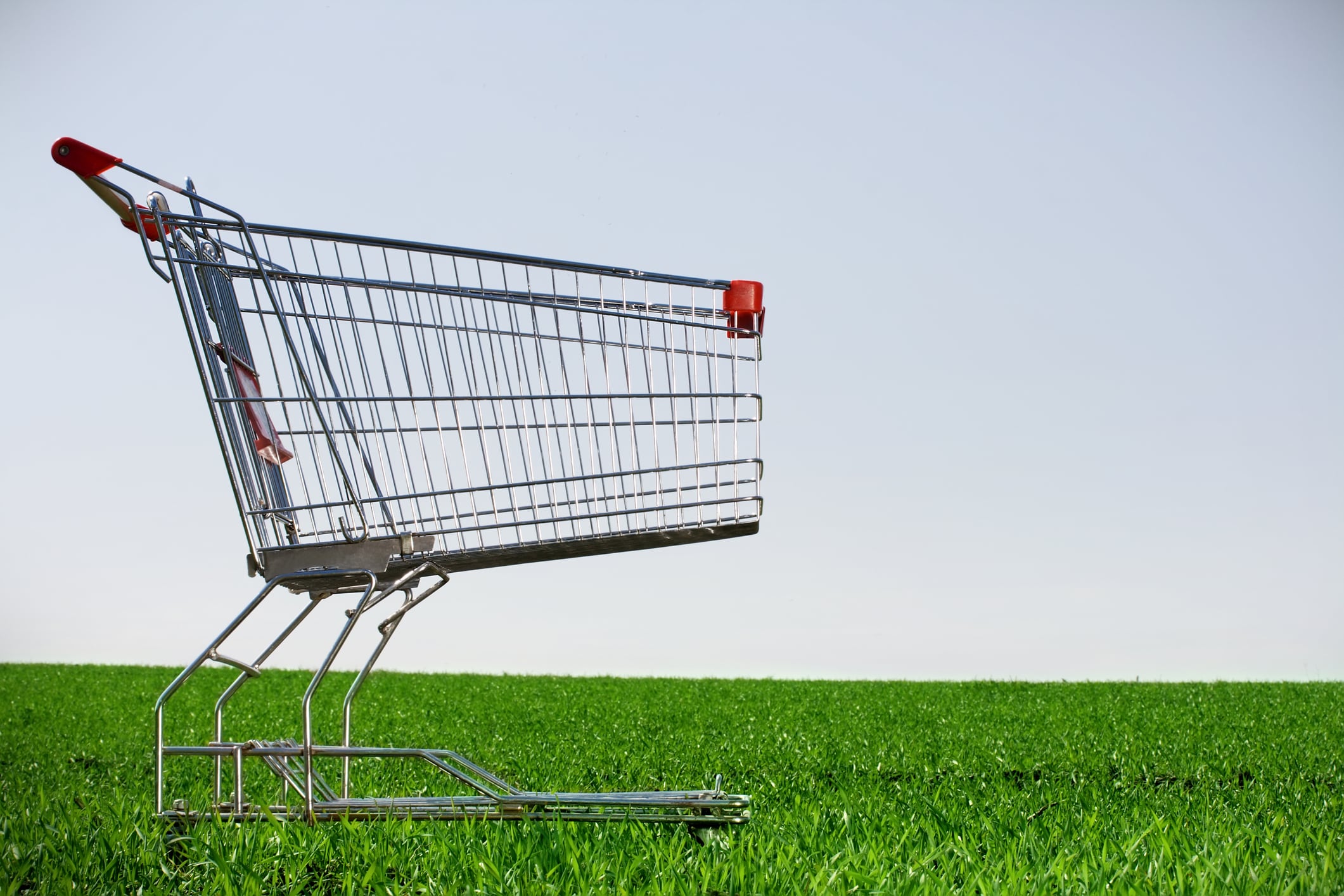
ADM is adamant that regen ag isn’t a quick-fix claim or a CSR sideline. It’s a systemic shift toward practices that make food supply chains resilient, transparent, and trusted.
“We’re not here to push anyone into practices that don’t make sense,” Cambruzzi says. “We’re here to build education, transparency and resilience so our customers feel confident they can source quality ingredients for decades to come.”
For the baking sector, the real takeaway is that regeneration demands patience, persistence and proof – not quick-fix claims. It won’t be won with a single claim or a one-off ingredient swap but built field by field, acre by acre.
And the companies that start integrating those practices today will be the ones still standing tomorrow.


